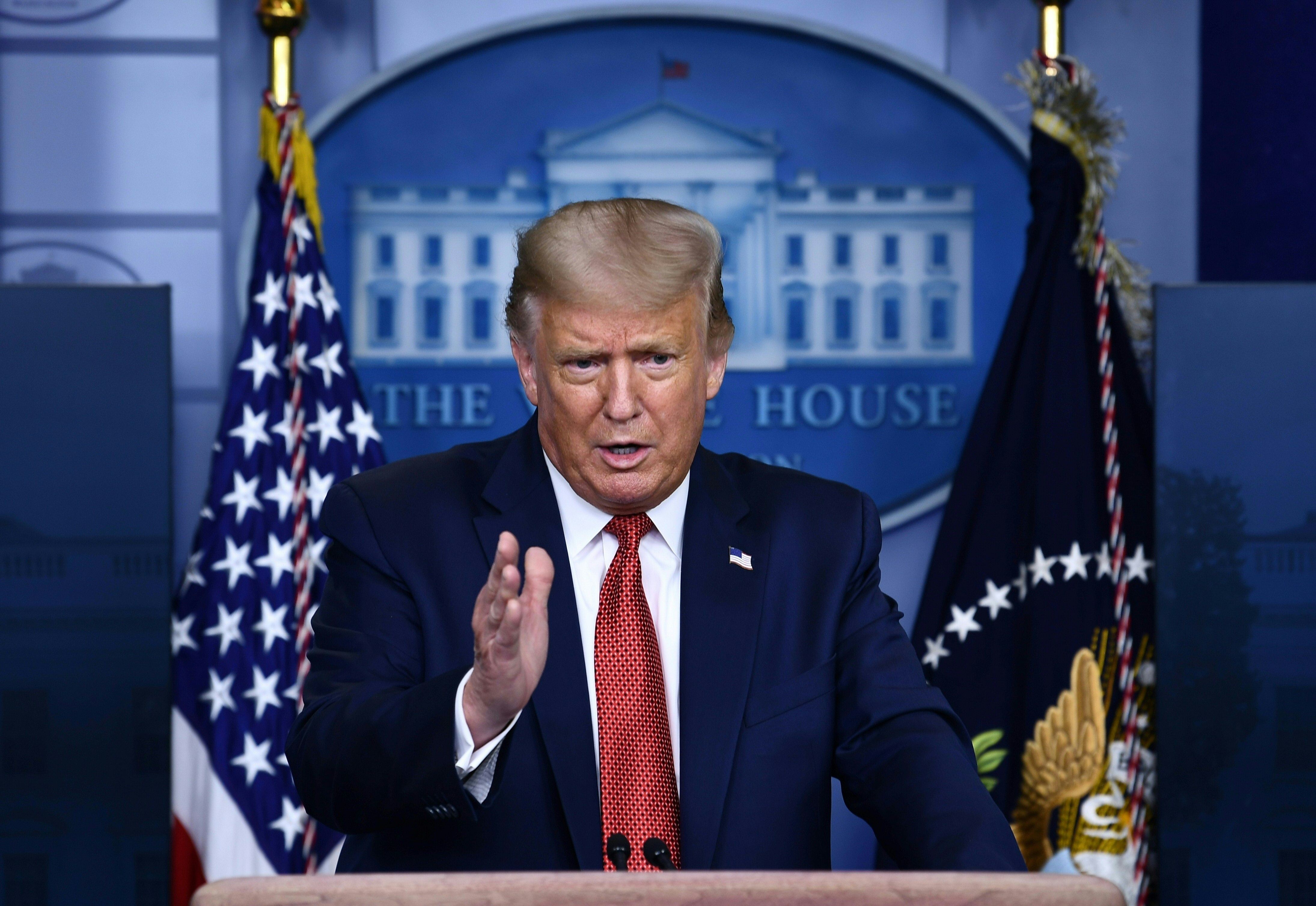President Donald Trump weighed in Monday on the similarities between current COVID-19 circumstances and those experienced during a flu pandemic a century ago.
“In 1917 … the great pandemic certainly was a terrible thing where they lost anywhere from 50 to 100 million people,” the president noted about the 1918 flu pandemic.
“Probably ended the Second World War, all the soldiers were sick. That was a terrible situation.”
Strange times for historians pic.twitter.com/eA1uOlpMW3
— Observation Post (@MilitaryTimesOP) August 11, 2020
Commonly referred to as the Spanish Flu, the 1918 flu pandemic traced its early cases to the beginning of that year and lasted into 1920, nearly two decades before World War II began and years before many of the men who died fighting in the Europe and Pacific campaigns were even born.
White House officials stated that the president misspoke and was referring to World War I, a period when the deployment of American troops to abysmal conditions on the European frontlines likely instigated the virus’s international spread, according to the Centers for Disease Control and Prevention.
“In the United States, (the flu) was first identified in military personnel in spring 1918,” the CDC’s website states.
“It is estimated that about 500 million people or one-third of the world’s population became infected with this virus. The number of deaths was estimated to be at least 50 million worldwide with about 675,000 occurring in the United States.”
The “war to end all wars” concluded with the signing of an armistice that officially put an end to the mass destruction on the 11th hour on the 11th day of the 11th month of 1918.
Approximately 9 million soldiers were dead by war’s end, a number fueled by the increased employment of mechanized weapons, poison gas, and heavy artillery. Over 57,000 soldiers died in a single day alone at the July 1916 outset of the Battle of the Somme.
[hr]
Article first published on Military Times, our sister publication.
Observation Post articles reflect author observations. Any resemblance to news may be purely coincidental.





